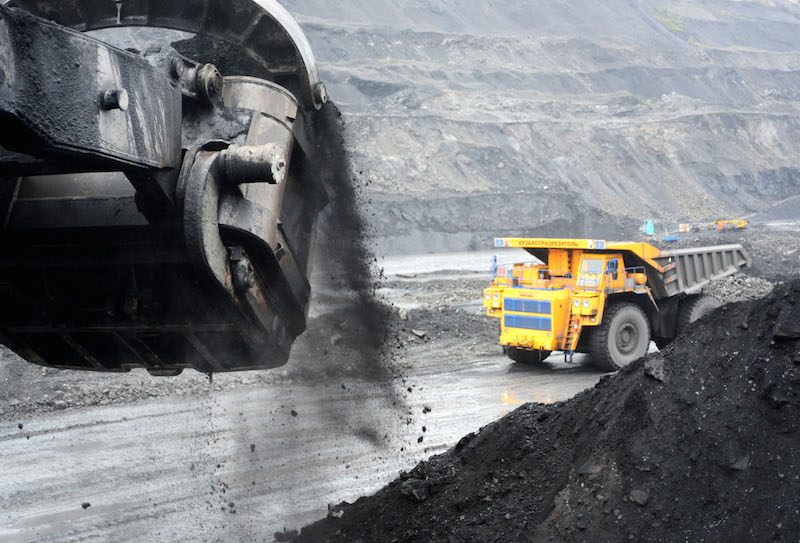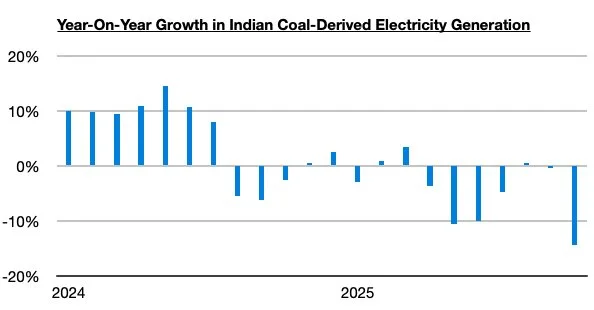

European coal-fired power generation is set to build on its 2021 resurgence with prevailing fuel switching ranges indicating further gas-to-coal switching is likely this year, analysis by ICIS showed.
The revival of coal across Europe comes at an uncomfortable time, with governments stepping up their commitments towards the phasing-out of the technology.
But against the backdrop of soaring gas and power prices, generation economics have swung firmly in favour of greater coal-fired output.
Moreover, frequent spells of low renewable supply mean that coal-fired generation was at times an essential part of meeting national power demand. Across northwest Europe, the largest annual rise was seen in France, which almost recorded a three-fold increase in coal generation. Most of this was seen in the final quarter of the year, which coincided with record low availability of its vast nuclear fleet.
Increased coal generation is expected to persist for the remaining winter months, after the Ministry of Ecology published a draft decree permitting greater coal-fired generation across the first two months of this year.
The decree also outlines a lower threshold for the remaining months of the year, to offset greater production over the peak winter consumption period. However, further outage extensions at key nuclear reactors have since lowered EDF’s nuclear production target for 2022 by around 10% to 300-330TWh.
This means that greater coal output will be required again next winter if France is to ensure security of electricity supply.
The resurgence of coal is even more remarkable given the closures of multiple plants across Europe.
In the UK, Drax units 5 and 6 and EDF’s West Burton A both ceased commercial operations in March 2021 but are available to be called upon through the balancing mechanism by National grid. This leaves Uniper’s Ratcliffe-on-Soar as the last commercial facility in the UK.
In Europe, Germany holds the largest fuel switching capability given its expansive gas, coal, and lignite capacities.
Current generation economics point away from gas-fired generation and towards coal, with near-term fuel switching costs consistently above triple digits since late September. As coal emits relatively more emissions than gas-fired power, its overall costs are more responsive to carbon prices.
Fuel switching costs indicate how much the EUA price would need to change to make the profits between gas- and coal-fired power plants equivalent.
Month-ahead fuel switching costs for an average coal (39% efficiency) to gas-fired power plant (50% efficiency) were at €154.38 on 13 January. Fuel switching costs remain positive out to 2023, indicating further gas-to-coal switching is likely within the parameters of available capacity.
One aspect of high fuel switching costs can be explained by the decoupling of carbon from gas market dynamics. The correlation between the nearest December EUA and the ICIS TTF year-ahead price fell to 0.61 for the fourth quarter of 2021, compared to a coefficient of 0.83 for the first three quarters of the year. Correlation describes the strength of association between two variables, with a coefficient of 1 representing a perfect positive correlation between the pair. As carbon has fallen well below fuel-switching ranges, EUA prices have lost their economic anchor. This has resulted in an increase in intraday volatility, with prices more susceptible to movement from market events that do not necessarily have a fundamental basis.
With gas prices continuously supported by lingering risks related to Russian supply, the resurgence of coal across Europe looks likely to persist.
Source: Raymond Shi, ICIS











